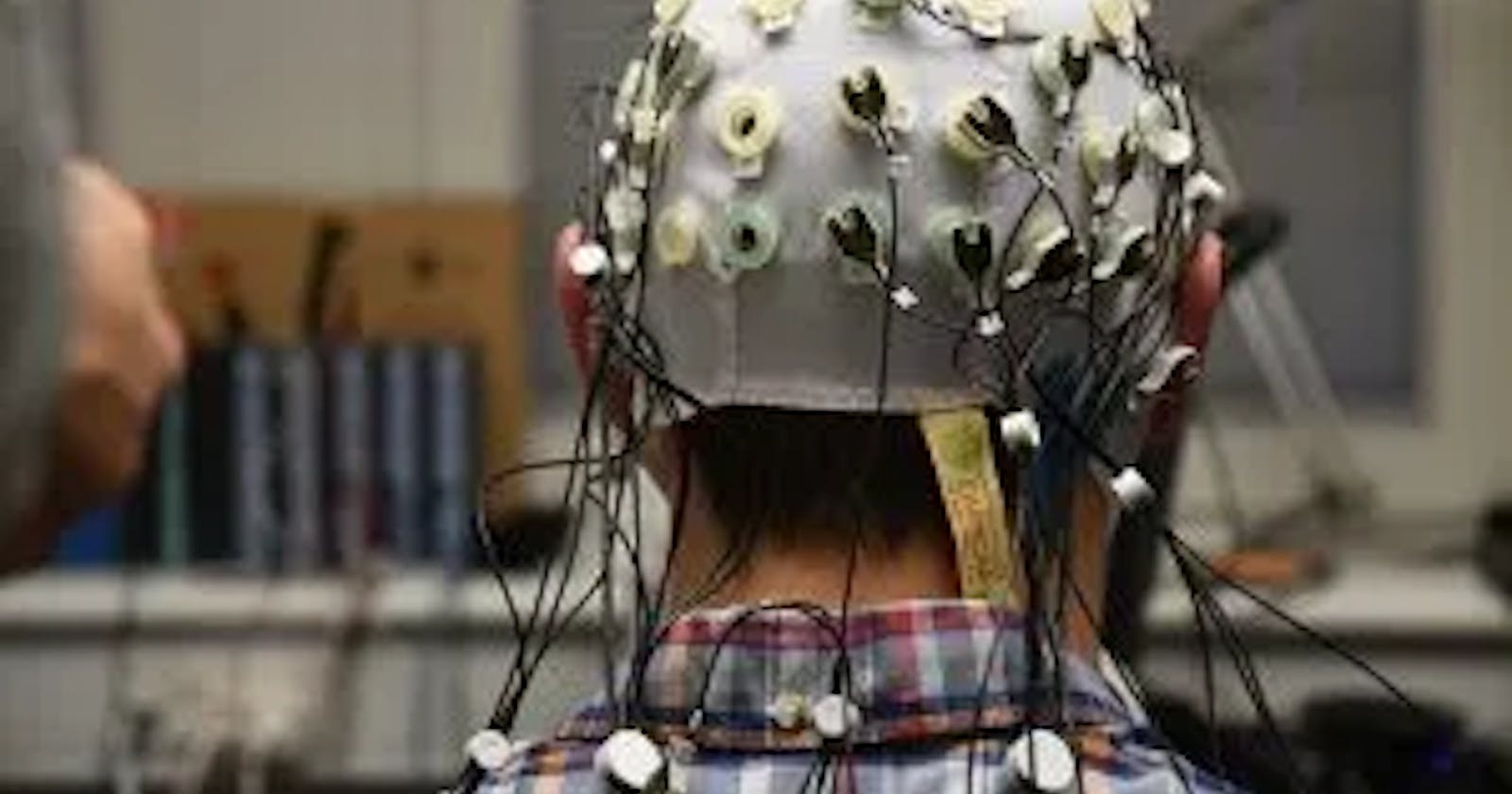Abstract
Electroencephalography (EEG) is a valuable tool for studying brain activity and understanding human motor imagery. Motor imagery involves imagining a specific motor action without physically executing it, making it a crucial component in various fields such as brain-computer interfaces (BCIs) and neurorehabilitation. Classifying EEG signals related to motor imagery is a complex task that requires sophisticated techniques. This content explores the application of Convolutional Neural Networks (CNN) and Common Spatial Patterns (CSP) for multiclass motor imagery classification using EEG data. By combining the spatial filtering capabilities of CSP with the deep learning power of CNN, we aim to improve the accuracy and robustness of motor imagery classification, opening doors to novel applications in healthcare, neurology, and technology.
1. Introduction:
Background: Motor imagery classification using EEG signals has promising applications in neurorehabilitation, BCIs, and more. EEG data provides insights into the brain's electrical activity, making it a valuable resource for decoding motor intentions.
Challenges: EEG data is noisy, non-stationary, and high-dimensional, making classification challenging. The goal is to develop an accurate, real-time classification system that can distinguish between different motor imagery tasks.
Approach: This content explores the fusion of two powerful techniques: CNNs and CSP, to enhance the classification of motor imagery EEG data.
2. EEG Data Acquisition and Preprocessing:
Data Collection: Discuss the process of acquiring EEG data during motor imagery tasks. Mention the experimental setup, electrodes used, and the need for careful artifact removal.
Preprocessing: Detail the preprocessing steps, including filtering, artifact removal, and data segmentation to obtain clean, informative EEG data.
3. Common Spatial Patterns (CSP):
Principle: Explain the concept of CSP, a spatial filtering technique that maximizes the variance between two classes while minimizing within-class variance.
Implementation: Describe how CSP is applied to EEG data, including the computation of spatial filters and feature extraction.
4. Convolutional Neural Networks (CNN):
Architecture: Introduce the architecture of the CNN, including convolutional layers, pooling layers, and fully connected layers.
Training: Explain the process of training a CNN on the preprocessed EEG data, highlighting the importance of data augmentation and hyperparameter tuning.
5. Fusion of CSP and CNN:
Feature Extraction: Discuss how CSP-extracted features are integrated with CNN for improved classification.
Training Process: Explain the combined training process of CSP and CNN, including how the spatial patterns enhance the feature representation learned by the CNN.
6. Results and Evaluation:
Performance Metrics: Present the evaluation metrics used to assess the model's performance, including accuracy, precision, recall, and F1 score.
Comparison: Compare the performance of the combined CSP-CNN approach with other classification methods, highlighting the advantages.
7. Applications:
Brain-Computer Interfaces: Discuss how this technology can enable better communication and control for individuals with motor disabilities.
Neurorehabilitation: Explore the potential of motor imagery classification in aiding stroke recovery and rehabilitation.
8. Future Directions:
Enhancements: Suggest potential improvements to the proposed approach, such as real-time classification and adaptive learning.
Cross-Domain Applications: Discuss how this technique could be applied in other domains, such as gaming, robotics, and sports training.
9. Conclusion:
- Summarize the key findings and the significance of using CSP in conjunction with CNN for multiclass motor imagery classification in EEG data.
10. References:
- Cite relevant research papers, articles, and resources used in this study.
By combining the power of Common Spatial Patterns (CSP) with Convolutional Neural Networks (CNN), this content provides an in-depth understanding of EEG-based motor imagery classification and its potential applications. The fusion of spatial filtering and deep learning holds promise for improved classification accuracy, paving the way for advancements in various fields, including neurorehabilitation and brain-computer interfaces.
